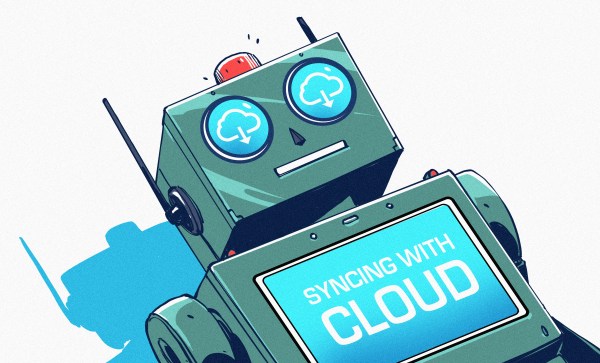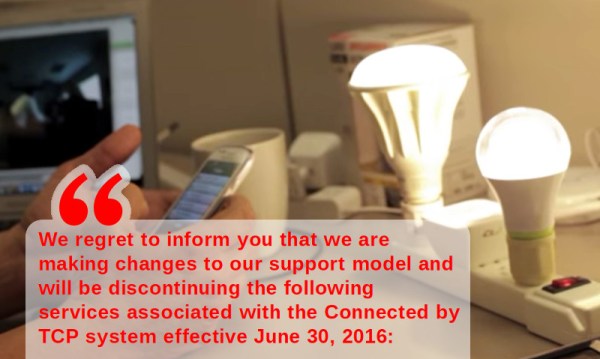The obvious rants against software or services “in the cloud” are that you don’t own it, your data isn’t on your own hard drive, or that, when the interwebs are down, you just can’t get your work done. But the one that really grinds my gears is that, at least for many cloud services, you just can’t play around with them. Why does that matter? Well, as a hacker type, of course, I like to fool around, but more deeply, I feel that this invitation to play around is what’s going to grow up the next generation of hackers. Openness matters not just for now, but also for the future.
Of course, it’s unfair to pin all of this on the cloud. There are plenty of services with nice open APIs that let you play around with their systems as much as you want — witness the abundance of amusing things you can do with Twitter or Twitch. Still, every day seems to bring another formerly-open API that gets bought up by some wealthy company and shut down. I built a nice “is it going to rain today” display out of a meter-long WS2812 strip and an ESP8266, but Dark Sky API got bought up by Apple and is going dark soon (tee-hee!) leaving me thinking of how I’m going to get easy weather data in the next few months.
 Or take my e-mail annunciator. I wrote a little script that, when I have new mail that’s work related or from my wife (read: important), it displays the subject line on a VFD that I have perched on my monitor. This works with Gmail, which I have to use for work, because they support IMAP so at least I can do cool things with the mail once it reaches my server. But can I do anything with Google Groups, which we use for the Hackaday Tip Line? Fat chance!
Or take my e-mail annunciator. I wrote a little script that, when I have new mail that’s work related or from my wife (read: important), it displays the subject line on a VFD that I have perched on my monitor. This works with Gmail, which I have to use for work, because they support IMAP so at least I can do cool things with the mail once it reaches my server. But can I do anything with Google Groups, which we use for the Hackaday Tip Line? Fat chance!
So there’s good “cloud” and there’s bad “cloud”. Good cloud is open cloud. Good cloud invites you to play, to innovate, and to come up with the right solutions for yourself. Good cloud gives you access to your data. Good cloud is hackable cloud. Let’s see more of that.
















